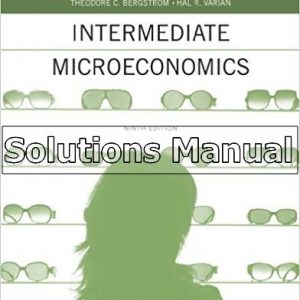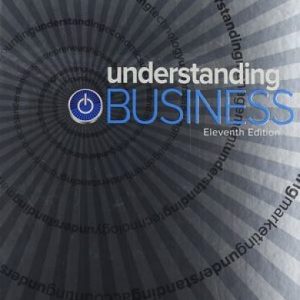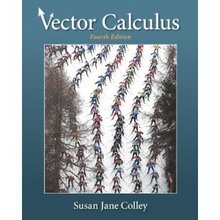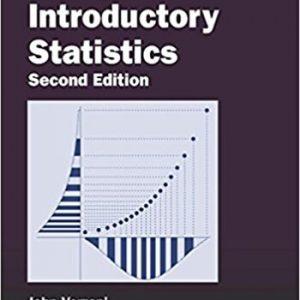Digital Control System Analysis and Design 4th Edition Phillips Solutions Manual
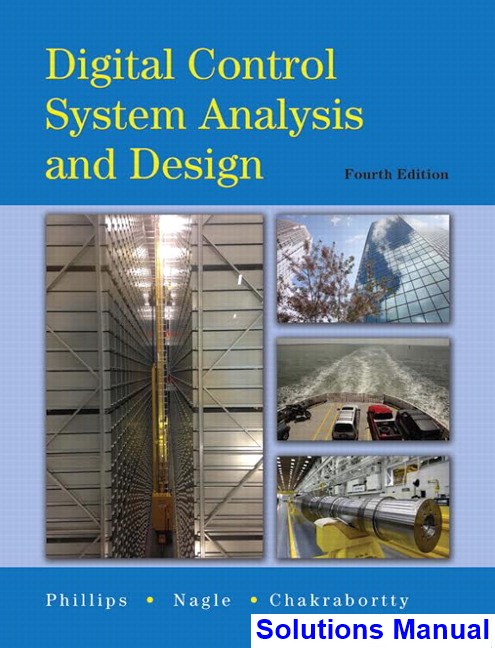
Product details:
- ISBN-10 : 0132938316
- ISBN-13 : 978-0132938310
- Author:
- Charles L. Phillips (Emeritus) Auburn University
- H Troy Nagle North Carolina State University
- Aranya Chakrabortty
Digital Control Systems Analysis and Design is appropriate for a one semester/two-quarter senior-level course in digital or discrete-time controls. It is also a suitable reference for practicing engineers.
This best-selling text places emphasis on the practical aspects of designing and implementing digital control systems.
This program presents a better teaching and learning experience―for you and your students.
Table contents:
Chapter 1 Introduction 1
Overview 1
Digital Control System 2
The Control Problem 5
Satellite Model 6
Servomotor System Model 8
Antenna Pointing System 10
Robotic Control System 11
Temperature Control System 12
Single-Machine Infinite Bus Power System 14
Summary 17
References 17 • Problems 17
Chapter 2 discrete-time systems and the z-transform 25
Introduction 25
Discrete-Time Systems 25
Transform Methods 27
Properties of the z-Transform 30
Addition and Subtraction 30
Multiplication by a Constant 30
Real Translation 31
Complex Translation 33
Initial Value 34
Final Value 34
Finding z-Transforms 35
Solution of Difference Equations 38
The Inverse z-Transform 41
Power Series Method 41
Partial-Fraction Expansion Method 42
Inversion-Formula Method 46
Discrete Convolution 47
Simulation Diagrams and Flow Graphs 49
State Variables 53
Other State-Variable Formulations 61
Transfer Functions 70
Solutions of the State Equations 74
Recursive Solution 74
z-Transform Method 76
Numerical Method via Digital Computer 77
Properties of the State Transition Matrix 78
Linear Time-Varying Systems 79
Summary 80
References and Further Readings 80 • Problems 80
Chapter 3 sampling and reconstruction 90
Introduction 90
Sampled-Data Control Systems 90
The Ideal Sampler 93
Evaluation of E*(S) 95
Results from the Fourier Transform 98
Properties of E*(S) 100
Data Reconstruction 103
Zero-Order Hold 104
First-Order Hold 108
Fractional-Order Holds 109
Summary 111
References and Further Readings 111 • Problems 112
Chapter 4 open-loop discrete-time systems 116
Introduction 116
The Relationship Between E(Z) and E*(S) 116
The Pulse Transfer Function 117
Open-Loop Systems Containing Digital Filters 123
The Modified z-Transform 126
Systems with Time Delays 129
Nonsynchronous Sampling 132
State-Variable Models 135
Review of Continuous-Time State Variables 136
Discrete State Equations 140
Practical Calculations 144
Summary 146
References and Further Readings 146 • Problems 146
Chapter 5 closed-loop systems 157
Introduction 157
Preliminary Concepts 157
Derivation Procedure 161
State-Variable Models 168
Summary 178
References and Further Readings 178 • Problems 178
Chapter 6 system time-response characteristics 188
Introduction 188
System Time Response 188
System Characteristic Equation 197
Mapping the s-Plane into the z-Plane 198
Steady-State Accuracy 205
Simulation 208
Control Software 213
Summary 213
References and Further Readings 214 • Problems 214
Chapter 7 stability analysis techniques 220
Introduction 220
Stability 220
Bilinear Transformation 224
The Routh-Hurwitz Criterion 226
Jury’s Stability Test 229
Root Locus 234
The Nyquist Criterion 238
The Bode Diagram 248
Interpretation of the Frequency Response 249
Closed-Loop Frequency Response 251
Summary 260
References and Further Readings 260 • Problems 260
Chapter 8 digital controller design 269
Introduction 269
Control System Specifications 269
Steady-State Accuracy 270
Transient Response 270
Relative Stability 272
Sensitivity 273
Disturbance Rejection 274
Control Effort 275
Compensation 275
Phase-Lag Compensation 277
Phase-Lead Compensation 284
Phase-Lead Design Procedure 285
Lag-Lead Compensation 293
Integration and Differentiation Filters 297
PID Controllers 299
PID Controller Design 303
Design by Root Locus 311
Summary 324
References and Further Readings 324 • Problems 325
Chapter 9 pole-assignment design and state
estImatIon 333
Introduction 333
Pole Assignment 333
State Estimation 342
Observer Model 342
Errors in Estimation 344
Error Dynamics 344
Controller Transfer Function 349
Closed-Loop Characteristic Equation 352
Closed-Loop State Equations 353
Reduced-Order Observers 354
Current Observers 359
Controllability and Observability 364
Systems with Inputs 368
Summary 373
References and Further Readings 374 • Problems 374
Chapter 10 system identification of discrete-time
systems 380
Introduction 380
Identification of Static Systems 381
Identification of Dynamic Systems 384
Black-Box Identification 384
Least-Squares System Identification 391
Estimating Transfer Functions with Partly Known Poles and Zeros 397
Recursive Least-Squares System Identification 399
Practical Factors for Identification 402
Choice of Input 402
Choice of Sampling Frequency 403
Choice of Signal Scaling 403
Summary 404
References and Further Readings 404 • Problems 404
Chapter 11 linear quadratic optimal control 408
Introduction 408
The Quadratic Cost Function 409
The Principle of Optimality 411
Linear Quadratic Optimal Control 414
The Minimum Principle 423
Steady-State Optimal Control 424
Optimal State Estimation–Kalman Filters 430
Least-Squares Minimization 436
Summary 436
References and Further Readings 437 • Problems 438
Chapter 12 case studies 444
Introduction 444
Servomotor System 444
System Model 446
Design 449
Environmental Chamber Control System 451
Temperature Control System 453
Aircraft Landing System 456
Plant Model 458
Design 458
Neonatal Fractional Inspired Oxygen 464
Plant Transfer Function 464
Taube’s PID Controller 466
MATLAB pidtool PIDF Controllers 467
Topology Identification in Electric Power System Models 474
References 478
Appendix I Design Equations 480
Appendix II Mason’s Gain Formula 481
Appendix III Evaluation of E*(s) 486
Appendix IV Review of Matrices 491
Appendix V The Laplace Transform 498
Appendix VI z-Transform Tables 512
Index 515


